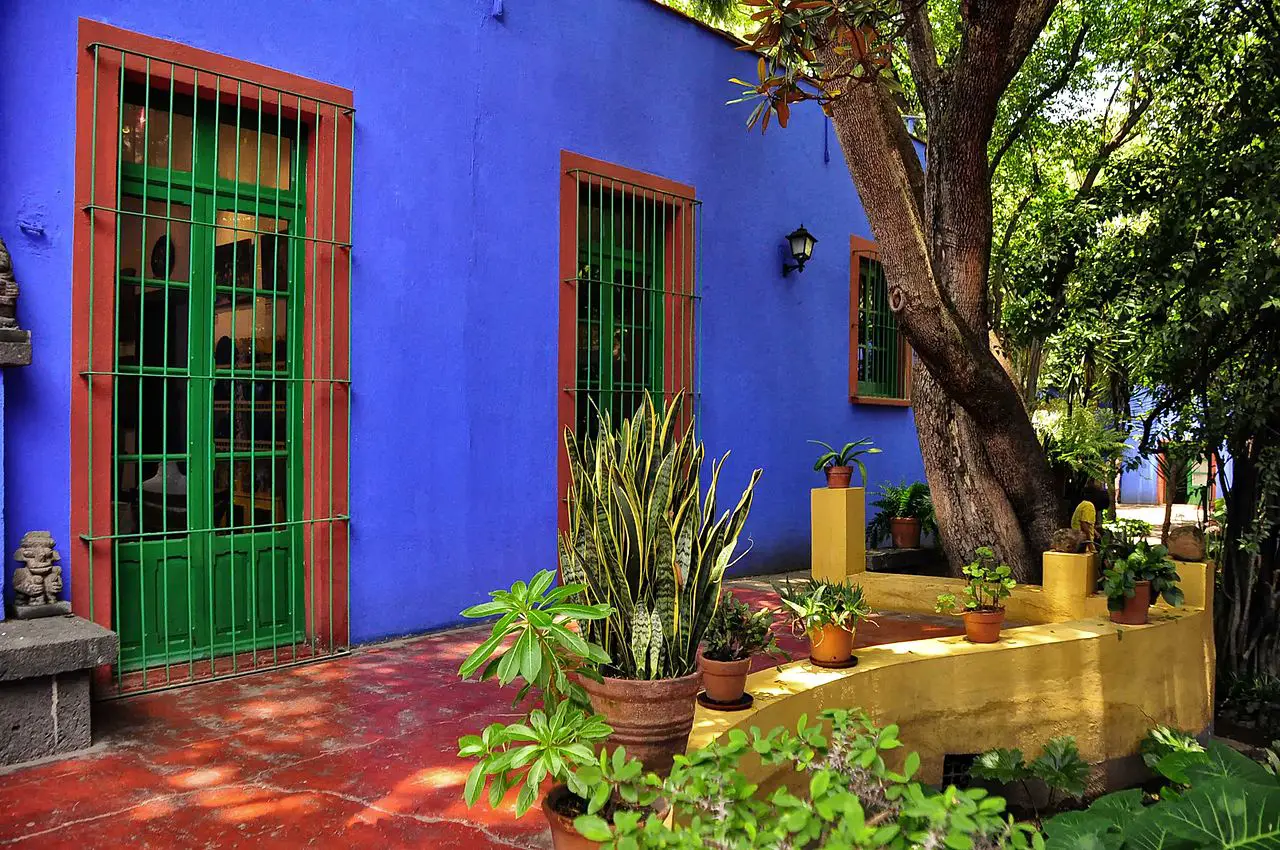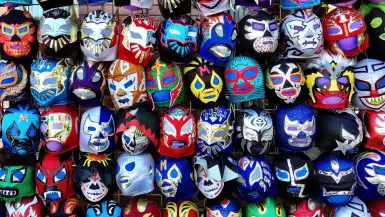Mexico City is the largest city in the Western Hemisphere, with over 16 boroughs, 21 million people, and hundreds of neighborhoods. When you look at it in this context, it’s no surprise that it also has hundreds of museums within the city limits.
You’d be cheating yourself of some of the most amazing experiences outside your typical art history textbook if you skipped the museums while you were in CDMX. Here are some of our top picks for art museums.

The Anthropology Museum
I know this is not technically an “art” museum, yet the Anthropology Museum is one of the most mind blowing museums I’ve ever had the pleasure of visiting. There are easily 12-16 hours of material in over 24 large rooms that start from the beginning of mankind (Neanderthals, Homo Erectus, Homo Sapiens, etc) all the way to modern Native American/Mexican American tribal practices.
The bottom floor focuses on history and artifacts, while the top floor is dedicated to ethnography and modern tribal history. I’ve studied art history in school fairly extensively, and after a few hours in the museum I started to get angry at what my textbooks had cheated me out of.

Don’t miss:
- The beautiful fountain in the entry way, by architects Pedro Ramírez Vázquez, Jorge Campuzano, and Rafael Mijares Alcérreca.
- The humongous “Aztec Sunstone” you will see on tourist shirts and souvenirs everywhere (actually a sacrifice stone).
- The Mayan ancient tomb reconstructed in the garden area. The reconstructed Mayan tomb inside of Pakal the Great.
How to get there: Take the subway to the Auditorio or Chapultepec stops, or an Uber to the Bosque de Chapultepec park.

Soumaya Museum
Founded by Carlos Slim and opened in 1994, this museum features contemporary and ancient art with over 66,000 works from 30 centuries of art, with a focus on Pre-Hispanic Mesoamerica and 19 th and 20th century Mexican artists, as well as European old masters and masters of modern western art.
The museum is named after Soumaya Domit, the wife of Carlos Slim. The building itself is a 46 meter tall structure with 6 stories and 16,000 aluminum tiles, designed by Fernando Romero and engineered by Ove Arup and Frank Gehry in the Polanco neighborhood of Mexico City.
Admission is always free, and the museum is open daily from 10:30 – 6:30 except Tuesdays.
How to get there: Take the subway to the San Joaquin station.

Museo Tamayo
The Tamayo is located in Chapultepec Park, down the street from the Anthropology Museum. The museum boasts a small amount of contemporary art exhibitions, but the real attraction is the building itself, which was designed in 1972 by architects Abraham Zabludovsky and Teodoro Gonzalez de Leon.
Rufino Tamayo, the museum’s benefactor and founder, collected artwork to bring Mexicans access to modern art. He eventually created the museum to further his vision, and donations from other artists and collectors have been exhibited since.
Don’t miss: the building itself, inspired by pre-Hispanic architecture and meant to appear as if it is rising out of the ground.
How to get there: Take the subway to the Auditorio or Chapultepec stops, or an Uber to the Bosque de Chapultepec park.

Museo Frida Kahlo (Casa Azul)
This incredible artist’s house museum is in one of Mexico City’s upscale neighborhood of Coyocan, south of the center of town.
This house is where Frida lived with Diego Rivera for 25 years, and where she learned to paint. It includes rooms set up as she lived there, as well as a pre-Columbian pyramid and garden area.
Tip: Make sure you book tickets ahead of time, as the tickets sell out early during the day and there is a huge line most days outside.
How to get there: Take the subway to the Coyocán stop.

Museo Nacional de Arte (MUNAL)
MUNAL is the Mexican national art museum, located in the Centro Historico district of CDMX. The collection includes a large selection of the history of Mexican art from the 1500s to modern times. The museum was founded in 1982 and reinaugurated in 2000 after rebranding as MUNAL and intensive remodeling. The museum is divided into three distinct periods: the colonial period from 1550 to 1821, the first century after independence from the 1820s to the 1920s, and the period after the Mexican Revolution until the 1950s.
Don’t miss: the beautiful central staircase and the murals on the ceilings.
How to get there: Take the subway to the Bella Artes stop

Museo MODO
MODO is the first museum in Mexico City dedicated to design and communications. It is extremely new, having opened its doors to the public in 2010 in the Colonia Roma neighborhood, and features a large collection of package design, advertising, graphic design, and industrial design of objects dating back to 1810. The museum houses over 30,000 items from two centuries, and is dedicated to the history of design and communications as well as the practice of collecting objects in general.
Don’t miss: the love locks fence outside in the style of Paris and Florence.
How to get there: Take the subway to Insurgentes or Metro Cuauhtémoc

Museo Jumex
The Jumex Collection was created by Eugenio López Alonso as an effort to encourage the development of artworks and artists of his generation in Mexico City. The distinct sawtooth-design building was architected by David Chipperfield Architects and opened in November of 2013.
Museo Jumex has many modern and contemporary artworks on three different floors with rotating temporary exhibitions and events.
How to get there: Take the subway to San Joaquin or Metro Polanco
Pin it:

Post contains affiliate links.






Leave a reply